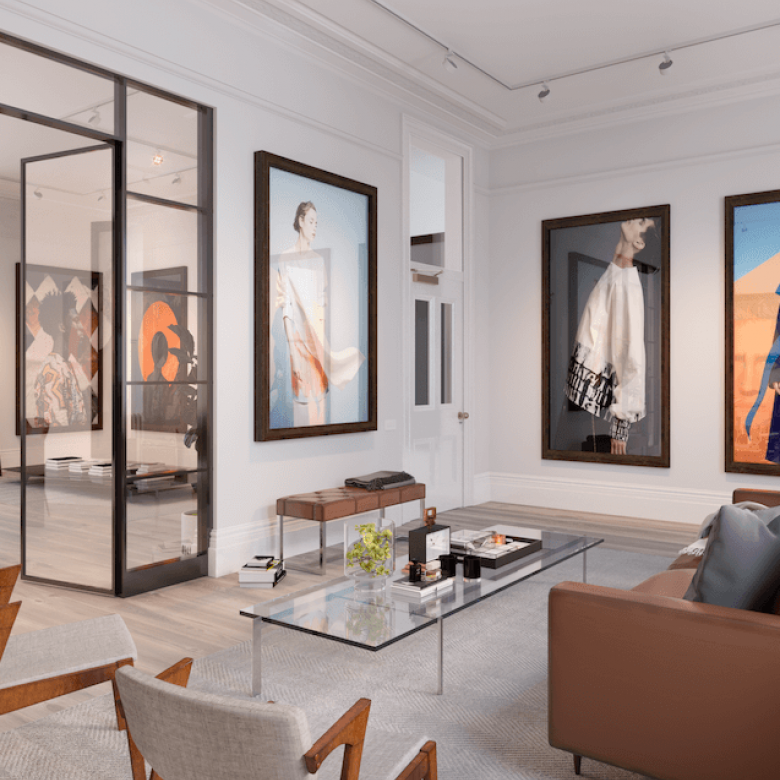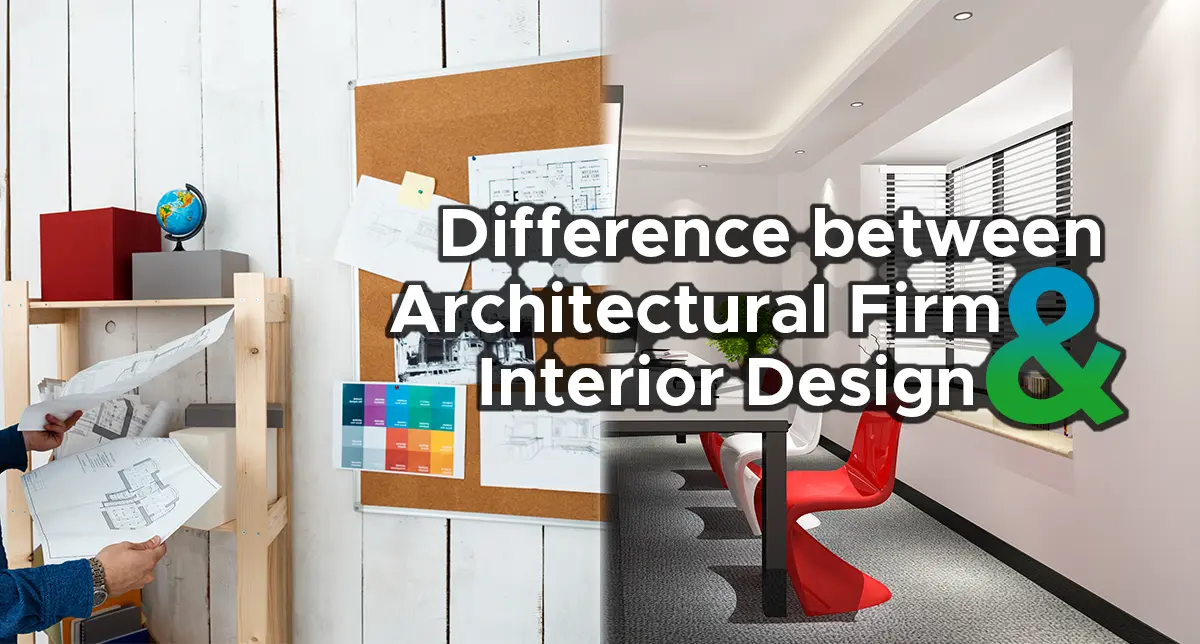Expert Countryside Homes Interior Design for a Peaceful Escape
Expert Countryside Homes Interior Design for a Peaceful Escape
Blog Article
The Art of Equilibrium: How Interior Design and Home Designer Collaborate for Stunning Outcomes
In the realm of home design, striking a balance in between appearances and capability is no little accomplishment. This fragile stability is attained via the unified cooperation in between indoor designers and architects, each bringing their distinct experience to the table. Stay with us as we discover the details of this joint process and its transformative impact on home design.
Recognizing the Core Differences In Between Inside Style and Home Architecture
While both interior layout and home architecture play crucial roles in producing visually pleasing and functional areas, they are naturally various disciplines. It deals with the 'bones' of the framework, functioning with spatial dimensions, load-bearing wall surfaces, and roof styles. On the various other hand, indoor design is a lot more worried with boosting the aesthetic and sensory experience within that framework.
The Harmony In Between Home Architecture and Interior Style
The harmony between home design and Interior Design hinges on a shared vision of design and the enhancement of practical appearances. When these 2 areas straighten sympathetically, they can transform a home from normal to phenomenal. This collaboration calls for a much deeper understanding of each technique's concepts and the ability to create a cohesive, visually pleasing setting.
Unifying Layout Vision
Linking the vision for home style and indoor style can develop an unified living space that is both functional and cosmetically pleasing. It promotes a synergistic method where building components enhance indoor design elements and vice versa. Therefore, unifying the design vision is critical in mixing style and interior layout for stunning outcomes.
Enhancing Useful Aesthetic Appeals
Exactly how does the synergy between home architecture and Interior Design improve useful aesthetic appeals? This harmony enables the development of rooms that are not only aesthetically attractive but also easily functional. Architects lay the foundation with their structural design, making sure that the area is effective and functional. The indoor designer after that enhances this with carefully selected aspects that improve the aesthetic appeals without compromising the functionality. This harmonious cooperation can lead to homes that are both livable and beautiful. An architect could develop a residence with high ceilings and large home windows. The indoor developer can then emphasize these features with large drapes and high plants, specifically, therefore boosting the visual allure while preserving the functional advantages of natural light and spaciousness.
Value of Partnership in Creating Balanced Spaces
The cooperation between interior designers and designers is essential in developing balanced spaces. It brings harmony between design and style, bring to life areas that are not just cosmetically pleasing yet also practical. Discovering effective joint techniques can supply insights into exactly how this synergy can be efficiently accomplished.
Balancing Design and Architecture
Equilibrium, a necessary aspect of both Interior Design and design, can only truly be accomplished when these two fields operate in harmony. This consistency is not simply an aesthetic factor to consider; it impacts the capability, toughness, and ultimately, the livability of a room. Interior developers and engineers have to understand each other's duties, respect their proficiency, and interact successfully. They should think about the interaction of architectural elements with decoration, the circulation of rooms, and the effect of light and shade. This joint procedure leads to a natural, balanced design where every aspect contributes and has a function to the total visual. Therefore, harmonizing style and design is not practically creating stunning areas, yet concerning crafting rooms that function perfectly for their occupants.
Effective Collaborative Strategies

Case Studies: Effective Combination of Design and Style
Checking out several situation researches, it becomes obvious just how the effective combination of indoor layout and architecture can transform an area. Engineer Philip Johnson and indoor designer Mies van der Rohe collaborated to produce an unified equilibrium between the framework and the inside, resulting in a smooth circulation from the exterior landscape to the inner living quarters. These situation researches underscore the profound impact of a successful design and design partnership.

Conquering Obstacles in Style and Architecture Cooperation
In spite of the undeniable benefits of an effective collaboration in between Interior Design and style, it is not without its difficulties. Communication concerns can occur, as both events may make use of different terms, understandings, and techniques in their job. This can cause misunderstandings and hold-ups in project completion. An additional major challenge is the balancing act of aesthetics and performance. Engineers may focus on structural stability and safety and security, while designers concentrate on comfort and design. The assimilation of these goals can be intricate. Furthermore, spending plan and timeline restrictions frequently include stress, potentially triggering breaks in the collaboration. Efficient interaction, common understanding, and concession are essential to get rid of these obstacles and achieve a effective and unified collaboration.

Future Patterns: The Evolving Connection In Between Home Architects and Interior Designers
As description the world of home layout proceeds to advance, so does the partnership in between designers and interior designers. Conversely, indoor developers are welcoming technical facets, affecting overall design and performance. The future promises a much more cohesive, cutting-edge, and flexible method to home design, as designers and engineers continue to obscure the lines, promoting a relationship that really embodies the art of equilibrium.
Conclusion
The art of equilibrium in home style is achieved via the harmonious partnership between interior designers and designers. In spite of difficulties, this partnership cultivates growth and advancement in style.
While both interior layout and home style play important functions in developing visually pleasing and useful areas, they are inherently various techniques.The harmony in between home architecture and interior layout lies in a common vision of design and the enhancement of useful looks.Unifying the vision for click for more info home design and indoor design can create an unified living room that is both functional and visually pleasing. Hence, unifying the design vision is vital in mixing architecture and interior style for magnificent results.
How does the synergy in between home style and indoor layout boost functional looks? (Winchester architect)
Report this page